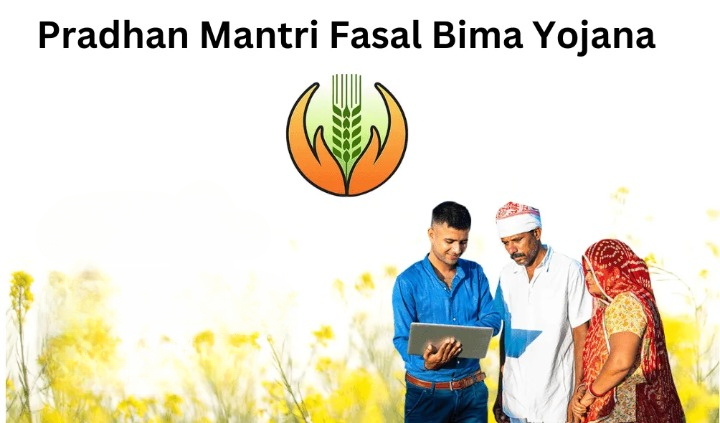
From bees to earthworms, and coral reefs to rain forests, biodiversity is essential for ensuring food diversity and transforming our food production systems. The Food and Agriculture Organization (FAO) of the United Nations emphasized this crucial connection today as it marked the International Day for Biological Diversity. In celebration, FAO unveiled its updated action plan for Mainstreaming Biodiversity Across Agricultural Sectors and announced several new biodiversity-related initiatives.
FAO Director-General Highlights Biodiversity’s Importance
“Biodiversity is the potential of food diversity in the future,” stated FAO Director-General QU Dongyu in a video message for the UN celebrations. He further highlighted, “It is what we farm, catch, harvest, and cultivate. It supports our food networks, from pollinators to micro-organisms in our soils, and sustains the livelihoods of farmers, forest managers, fishers, livestock keepers, and pastoralists worldwide.”
Aligning with the Kunming-Montreal Global Biodiversity Framework
This year’s International Day for Biodiversity theme, “Be Part of the Plan,” calls for public and diverse actor support for the Kunming-Montreal Global Biodiversity Framework, also known as The Biodiversity Plan, endorsed in December 2022. FAO is deeply integrated into this plan, recognizing agrifood systems as powerful channels for scalable solutions in conserving, restoring, and sustainably using biodiversity.
Mainstreaming Biodiversity in Agriculture
FAO’s commitment to sustainable agricultural practices aims to safeguard biodiversity and enhance ecosystem resilience, reducing biodiversity loss and protecting vulnerable rural communities. By collaborating with governments, civil society, and the private sector, FAO works to integrate biodiversity across food and agricultural sectors, policies, and programs.
Concrete actions include restoring coastal mangrove forests, which are rich in fish species, and supporting farming systems that preserve biodiversity, improve nutrition, and benefit the environment.
New Action Plan Launched
FAO has introduced its 2024–27 Action Plan for implementing its strategy on mainstreaming biodiversity across agricultural sectors. This plan replaces the previous 2021-2023 document and aims to reduce the negative impacts of agricultural practices on biodiversity, promote sustainable practices, and conserve, enhance, and restore biodiversity.
The action plan includes support for countries in implementing and monitoring the Kunming-Montreal Global Biodiversity Framework. It features FAO’s Biodiversity Knowledge Hub, a comprehensive resource with over 350 tools, guidelines, and other materials on biodiversity for food and agriculture, searchable by targets of the Biodiversity Plan.
New Projects Approved Under the Global Biodiversity Framework Fund
Earlier this month, three project concepts in the Democratic Republic of Congo, Palau, and Samoa became the first FAO-led submissions approved under the Global Environment Facility’s Global Biodiversity Framework Fund. This fund, launched in August 2023, mobilizes investments for countries, especially Small Island Developing States and Least Developed Countries, to achieve the Biodiversity Plan’s targets.
These projects will direct over $7.8 million and leverage $14.2 million in co-financing to achieve these targets, supporting Indigenous Peoples in conserving and sustainably using biodiversity and strengthening their natural resource stewardship.
The Urgency of Biodiversity for Food Security
According to FAO’s State of Food Security and Nutrition in the World report, up to 783 million people globally suffer from chronic hunger, with a quarter of children under five stunted and a third of the global population malnourished. Obesity affects one in eight people worldwide. Conserving, sustainably using, and restoring biodiversity while mitigating climate change uncertainties is crucial for global food security and nutrition.
Key Facts and Figures
- Soil Dependency: 95% of global food production depends on soil, with over one-third of soils moderately to highly degraded.
- Wild Species: Around 50,000 wild species are globally fished, gathered, logged, or harvested for various purposes.
- Pollinators: 35% of crop production relies on animal pollinators.
- Coral Reefs: Coral reefs provide habitat for 25% of known marine species.
- Livestock Breeds: About 8,800 livestock breeds are used in food and agriculture, with 28% of local breeds at risk of extinction.






